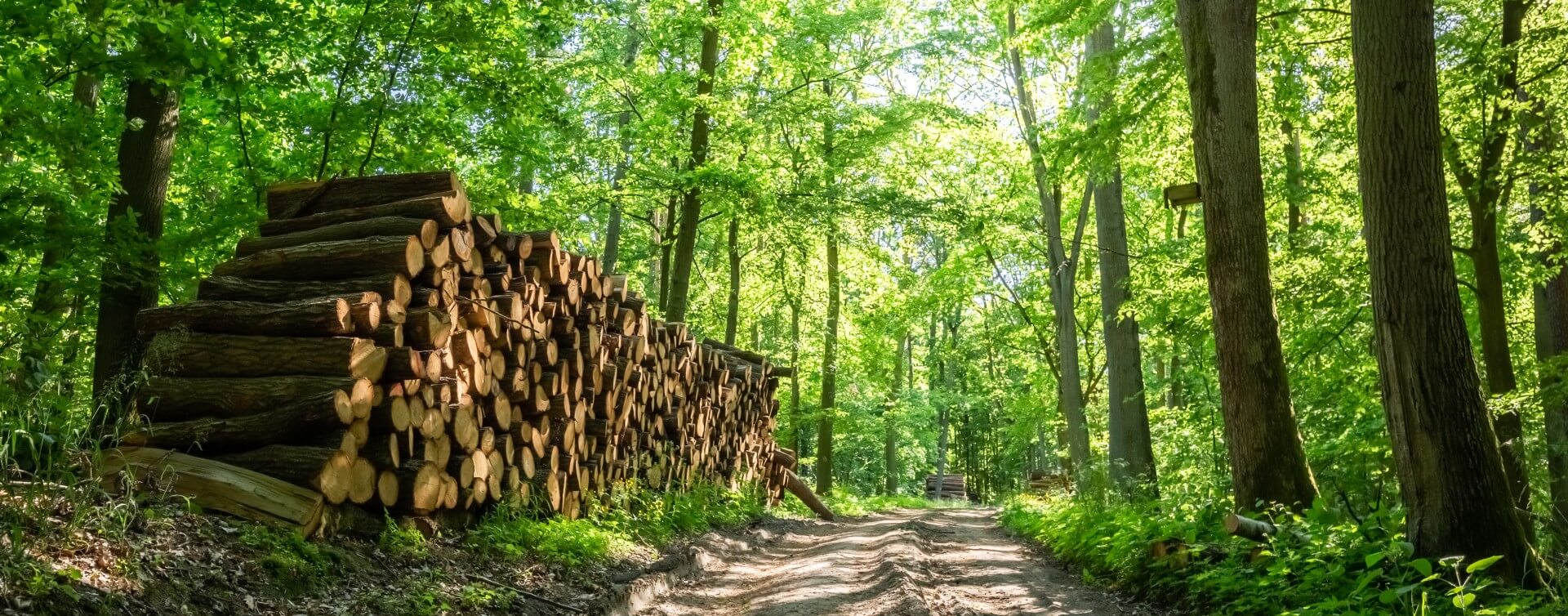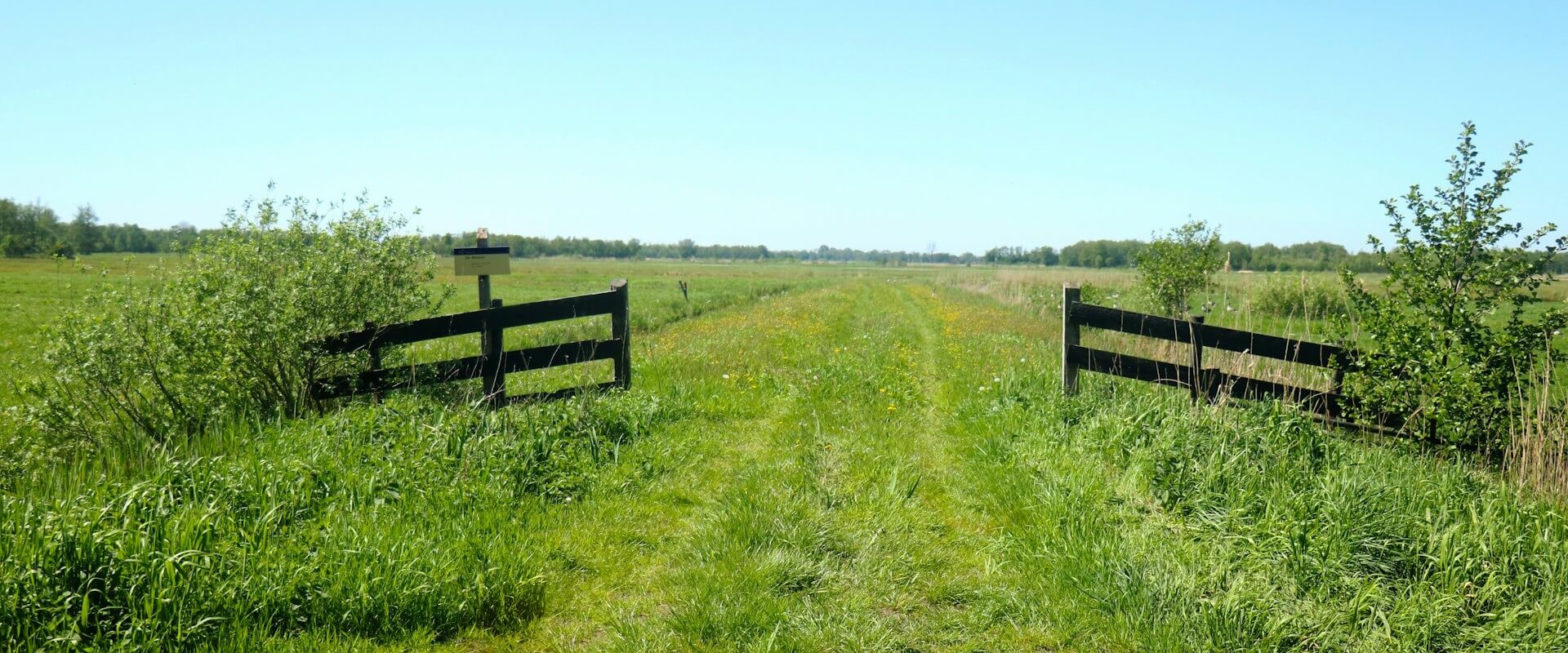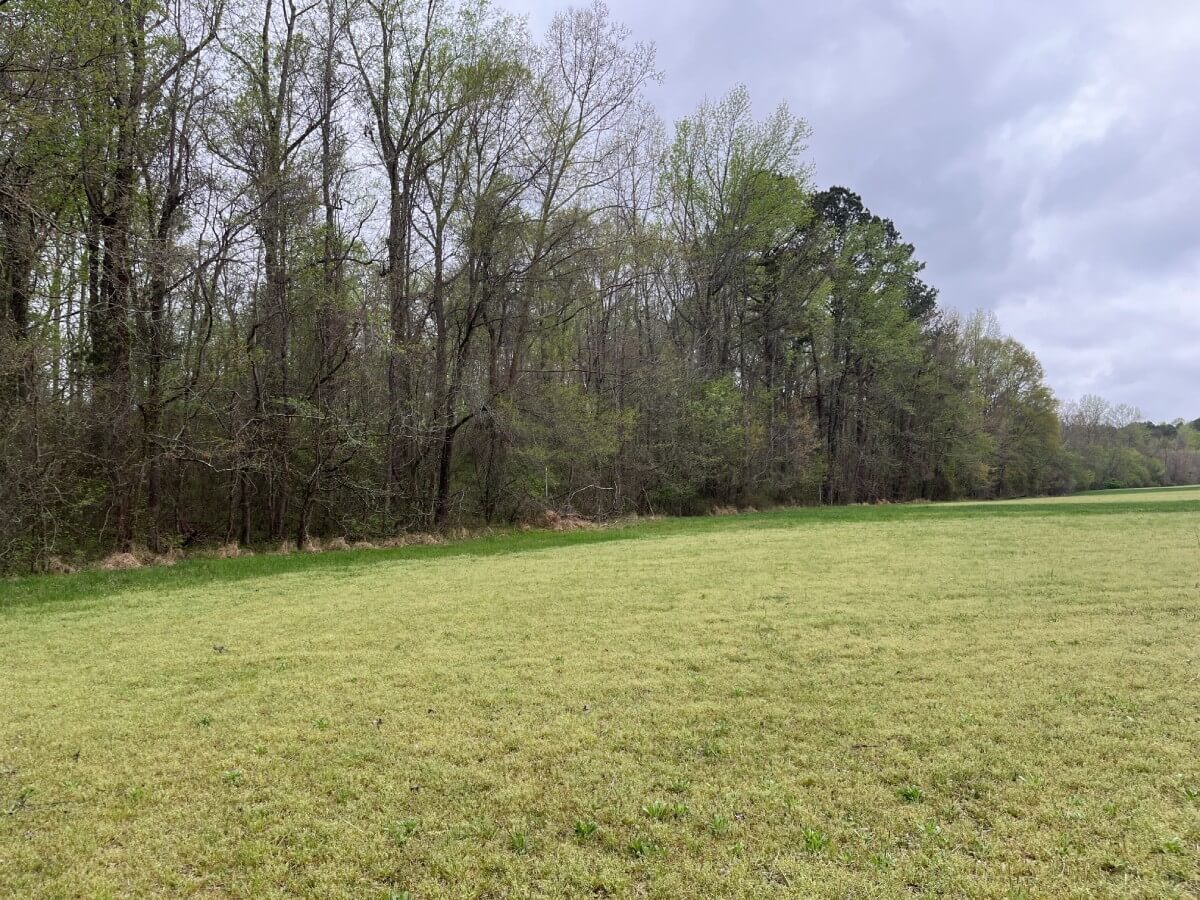It is estimated that 20% of the land base in the U.S. or 445 million acres are private forested lands. Fifteen million acres of private forested land is under some type of permanent or term conservation agreement. While this seems like a big win for conservation, it represents only 3.3% of private forested lands.
While all forests are not compatible with conservation, there are many arguments to be made that placing working forests into conservation through a legal tool such as a permanent conservation easement, can incentivize more holistic management approaches and provide potential tax savings.
What is a Conservation Easement?
- A conservation easement is a perpetual voluntary legal agreement between a landowner and a government agency or a qualified conservation organization that permanently limits the uses of the land in order to protect its conservation values.
- The primary goal of a conservation easement is to ensure that the land is preserved for conservation purposes, such as protecting wildlife habitats, maintaining open space, preserving agricultural or forest land, and/or safeguarding water resources, while allowing the landowner to retain ownership and use of the property.
What is a Working Forest Conservation Easement?
A working forest conservation easement (WFCE) is a conservation easement used to protect forested lands while allowing sustainable economic activities like timber harvesting. These easements are designed to conserve forests, wildlife habitat, and ecosystem services (such as water quality and carbon storage), while still enabling landowners to conduct productive forest activities.
Key elements of a WFCE include:
- Permanent Protection: The landowner voluntarily gives up certain property rights (like the right to subdivide or develop the land) in exchange for legal protections that ensure the land remains forested in perpetuity.
- Sustainable Forestry Practices: The WFCE allows for ongoing forest management and timber harvesting, but these activities are conducted in a sustainable manner that adheres to best practices. This helps ensure that forest resources are not depleted over time.
- Biodiversity and Habitat Conservation: WFCEs often include specific provisions to protect wildlife habitats, water resources, and biodiversity. This helps safeguard ecosystems and ensures that conservation goals are met while balancing economic interests.
- Prevention of Incompatible Development: One of the main objectives of a WFCE is to prevent subdivision or conversion of the forest into residential, commercial, or industrial land. This helps to maintain large, contiguous areas of forest, which make them available for a wide variety of more compatible uses like sustainable timber harvests, outdoor recreation and hunting.
- Landowner Retains Ownership: Unlike selling land, in a WFCE the landowner retains ownership and can continue to manage and derive income from the forest, provided the activities are in line with the conservation goals outlined in the WFCE.
Balancing Diversification and Multiple Uses of WFCEs
Landowners who have WFCEs on their forested properties can be rest assured their unbroken forest landscape will always be available for a variety of economic, recreational, and social activities.
Working Forest Conservation Easements are particularly useful in balancing conservation efforts with economic realities, especially in regions where larger forested areas provide livelihoods through timber production, hunting, and recreation. WFCEs help preserve large, contiguous forest areas, which are important for combating fragmentation of the landscape and loss of the potential for income and activities from forested land.
What are the financial benefits of WFCEs?
Placing WFCE over forested property may qualify for tax benefits, such as property tax reductions, income tax deductions, or estate tax advantages, as they have given up certain development rights. However, individual financial situations are unique, and specific advice should be tailored to your particular circumstances. Before making any financial decisions, you should consult a financial/tax professional who understands your personal situation.
Frequently Asked Questions
What is the primary purpose of a WFCE?
A WFCE’s primary purpose is to remove most or all of a property’s subdivision and development rights to keep it available for forested uses into the future.
Who enforces the WFCE?
Typically a non-profit “land trust” holds the WFCE and monitors and defends the restrictions in the WFCE into perpetuity.
Can I clear cut forests under WFCEs?
Generally, no. Forestry practices should be sustainable over the long term and clearcutting practices are typically not allowed under WFCEs.
How long do WFCEs last?
While there are term easements, typically WFCEs are perpetual agreements that run with the land forever and bind all future owners of the subject property. Income and estate tax benefits are only available to landowners who donate perpetual easements.
Do I still own my land?
Yes. Owners of forested lands still own the property and can sell it anytime for whatever price they can get on the open market. While the easement usually reduces the value of the subject land at a rate equal to the value of the development rights being restricted, the easement does not freeze the value of the subject land.
Do I have to give up all of my subdivision and development rights?
No. Landowners and the land trust negotiate this on a case-by-case basis. Landowners sometimes choose to reserve homesites for future development for their children or their retirement.
Do I still pay my property taxes?
Yes, but depending on the amount of development rights given up and the laws of the municipality/county where the land is located, the land will generally be taxed as agricultural/forested land not as developable land.
Do I have to allow public access?
No, unless that specific right is granted by the landowner.
How common are conservation easements?
Conservation easements are very common. Over 40 million acres of private land have been protected nationwide using conservation easements over the past 100 years.
Conclusion
WFCEs balance conservation with economic use, preserving forests and ecosystems while supporting livelihoods and rural communities. WFCEs are not for everyone or every landowner, but can be a great tool to generate potential tax savings while ensuring the land will be available for sustainable forest uses over time.
Conserving forested lands and associated aquatic ecosystems is essential for protecting our community’s long term fiber supplies and ecological diversity. You can help make a difference! By supporting Unique Places to Save, you’re directly contributing to conservation of forested lands and natural resources that benefit all of us. Your efforts help ensure these systems continue to provide sustainable fiber, clean water, and habitats for countless species.
About the Author
Michael brings nearly 20 years of experience to his role as Trusted Conservation Advisor at Unique Places to Save. He has worked to conserve over 200,000 acres across the U.S. while securing over $200M in funding and transacting $500M in land and other real estate.
Learn More





